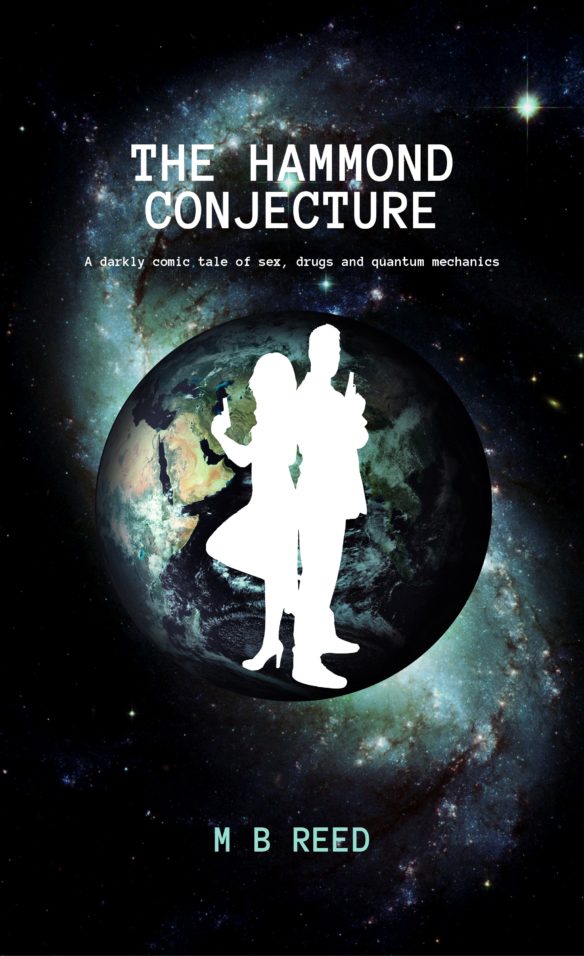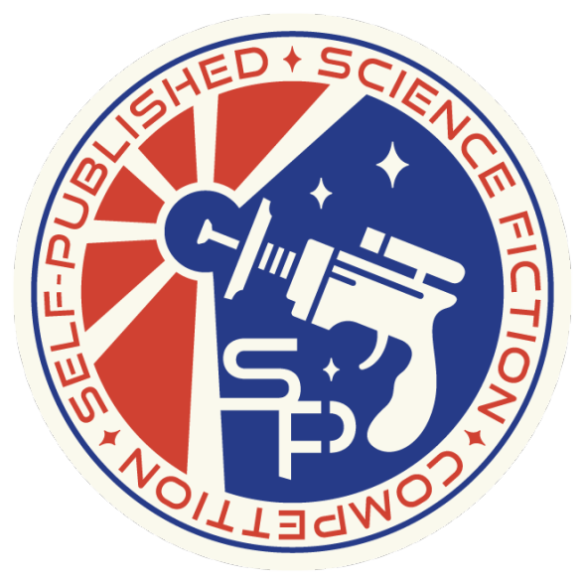
By Mike Glyer: Hugh Hammond thinks he has been swapped to another timeline. Or else he’s insane. He’s trying to figure it out.
Martin Reed’s alternate history tale The Hammond Conjecture finds Hugh regaining consciousness in an isolation ward of catatonic patients, one of many awakened by British doctors using levodopa, following the example of Oliver Sacks’ Awakenings. Unlike the encephalitics who have endured decades of stupor and inertia, he’s only been in treatment a few weeks. Why is he in a London psychiatric hospital? In 1982? Why is the first thing he remembers an airship voyage from South Africa in 1969? How did he get in this condition?
Hugh’s therapy, besides drugs and hypnosis, is to type out all his recollections. And things are beginning to come back to him. What he recalls of his past – missions as part of the Secret Intelligence Service (MI6) in the early Seventies — alternate with scenes in the present with his therapist and other patients, two story tracks that promise to converge when they finally reach the event horizon.
Meanwhile, Hugh wonders if his first glimpses of the present world are true, or only staged for him to see, as part of some psychological experiment? Like the television news of a woman Prime Minister hosting a visit by an American President he remembers from the movies — how improbable! Where are the uniformed officials of the Third Reich who were running the Europe he knew?
Hugh’s memoir of his work with the SIS reveals he is just as lecherous, though not as cowardly, as George MacDonald Fraser’s Harry Flashman, who Reed calls an inspiration for the character. Another reviewer said it: Hugh thinks with every organ but his brain. On the other hand, one of the reasons Hugh is braver and more impulsively heroic than Flashman is that in every tight situation he asks himself — What Would James Bond Do? Because not only are the novels of Ian Fleming admitted influences on the author – his hero Hugh has read the books and seen the movies! And when SIS bureaucratic intrigue is at its most treacherous, we find he also is familiar with the books of John le Carré – whose George Smiley is dismissed as far too wimpy to be a role model.
The book is entertaining on so many levels. There’s the alternate history puzzle. Why did the Nazis win in one of these universes, and what changes did that cause to the map and daily life? In that universe, what familiar sights and sounds of British pop culture in the Sixties have persisted, slightly rearranged? The Beatles and Mick Jagger are still front page news in the world he remembers; Monty Python still makes people laugh.
Then there’s the espionage story – operations, interservice rivalry, a constant flow of tradecraft (even the tactically placed hair to tell if someplace has been disturbed.)
And the science fiction story. What event triggered the separation of these two timelines? Why was Hitler’s Deputy Führer Rudolf Hess upon landing in England immediately imprisoned in the current timeline, but hailed as a peacemaking emissary in the remembered one? Or is this altered history not the cause, merely a symptom of a split precipitated at the quantum level? Science and myth both come into play as characters trying to understand this mystery notice the strange resonances between scientific and religious explanations of the cosmos.
Recognizing all the references is great fun, whether they explain the universe or tease the reader’s private memories. Hugh’s home has an elephant leg umbrella stand – did you ever read the Sladek story about the elephant with a wooden leg? At the hospital, Hugh types his memoir on a computer using WordStar – waves of nostalgia for me, possibly huh-wha? for you. Those are just two of the things I noticed. (Readers who worry about missing any of the hidden history can consult author Reed’s website with footnotes, which explains quite a bit.)

While the trivia is seductive, to make this a successful story it is essential that some answers come out before it ends. We want to know, does Hugh survive his missions with the Special Intelligence Service? How did he wind up in the Eighties? Did his love life work out? Are we given satisfactory answers to any of these questions? At least I can promise at no point does Hugh wake up and discover it was all a dream. But he worries that he might!
[The Hammond Conjecture by M.B. Reed is an entry in the Self-Published Science Fiction Competition.]
